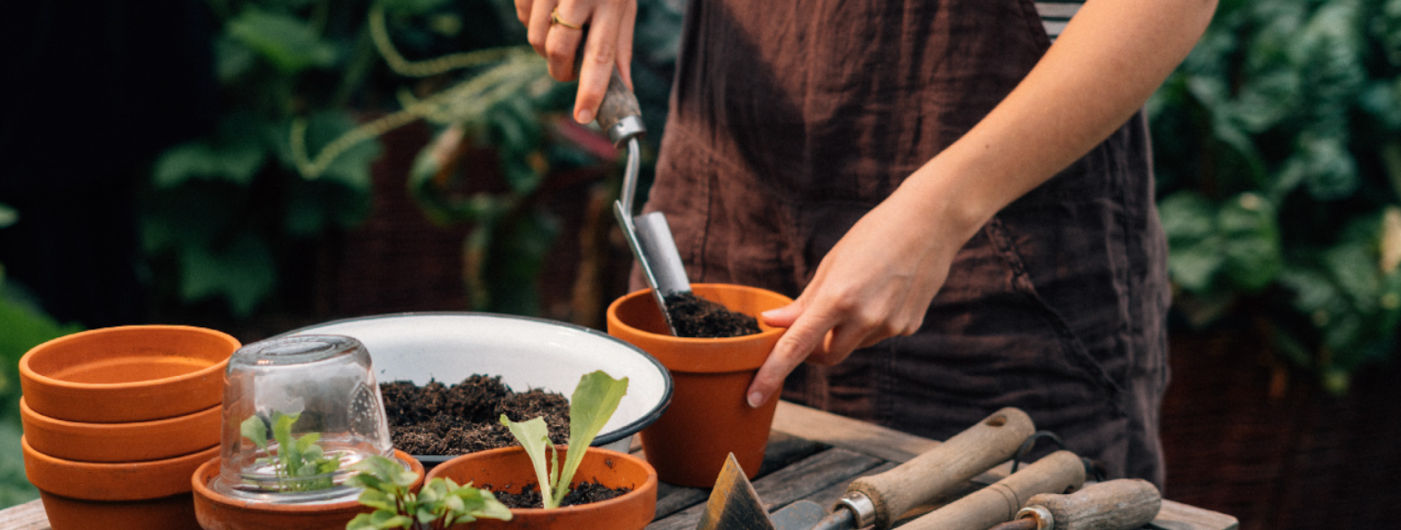Intercropping guide
Intercropping – growing vegetables the way nature does it
Intercropping – also called mixed cropping, or mixed planting – means growing different crops on the same plot simultaneously, just like nature does.If you look at plant communities in areas where nature has been left untouched you will never find just one plant species in any location – you will always find many different kinds of plants growing side by side.
Of course the competition among plants is fierce: they all want to secure the best growing conditions with regard to light, water and nutrients. As a consequence, plants have developed all kinds of different strategies in order to thrive in a competitive environment. What this ultimately produces is “good neighbours”, i.e. plants that grow well side by side because they don’t impede but often actually support and strengthen each other. You can also create good neighbours on your vegetable plot by following the principles outlined below and knowing about the way plants relate to each other.
Factors to consider when intercropping:
- Plants growing together should complement rather than pressurising or impeding each other. This rule applies not just to the upper parts of the plant, like the leaves, but also to the underground parts, such as the root system. Perfect neighbour pairings would therefore include, for example, carrots and lettuce (deep and shallow roots respectively) or cabbage and peas (heavy feeders and light feeders) or corn and squash (a sun-lover and a shade-lover).
- Plants’ scents and root excretions can in some cases be deadly for their neighbours – while in other cases they can have a supportive or protective effect. This applies not just when they are grown at the same time but also when they are planted in succession – so it’s an important factor to consider. Prime examples here are beans and savory, and potatoes with caraway or coriander. The savory not only keeps blackfly at bay but enhances the beans’ growth and flavour. The other pairing works in a similar way.
- Never plant species that attract the same pests right next to each other or in direct succession – this applies to all cruciferous plants, for example. Providing their favourite food in such abundance will encourage the pests to spread – and also wipe out a good proportion of your harvest. Good neighbours are plants that reciprocally deter their partner’s pests – like carrot and onion, which deter onion fly and carrot fly respectively.
Practical tips:
- The main mistake beginners make is planting too densely. Plant spacing must reflect the needs of the fully grown plant, otherwise even the best of neighbours will be taking each other’s light, water and nutrients.
- Otherwise you’re free to decide how you want to grow your plants – mixed cropping can mean different plants in alternating rows, or within the same row, or indeed mixed in together as in the Square Foot Gardening system.
- Whenever plants are harvested the space should immediately be filled with the next crop. Keeping the plant cover as complete as possible helps to retain moisture in the ground and protects against weeds, pests and soil erosion.
- Make a growing plan for the season – and for every season after that, because you can guarantee that you will have forgotten what went where even after just a few weeks. Only with a plan can you keep an overview and establish a proper crop rotation. This will also help you to keep track of and learn from your experiences.
-> Here’s an overview of good and bad intercropping partners


